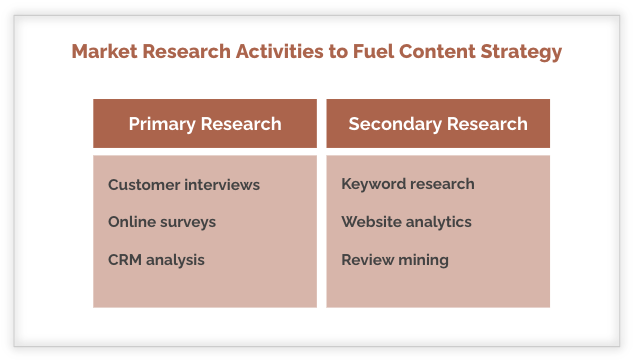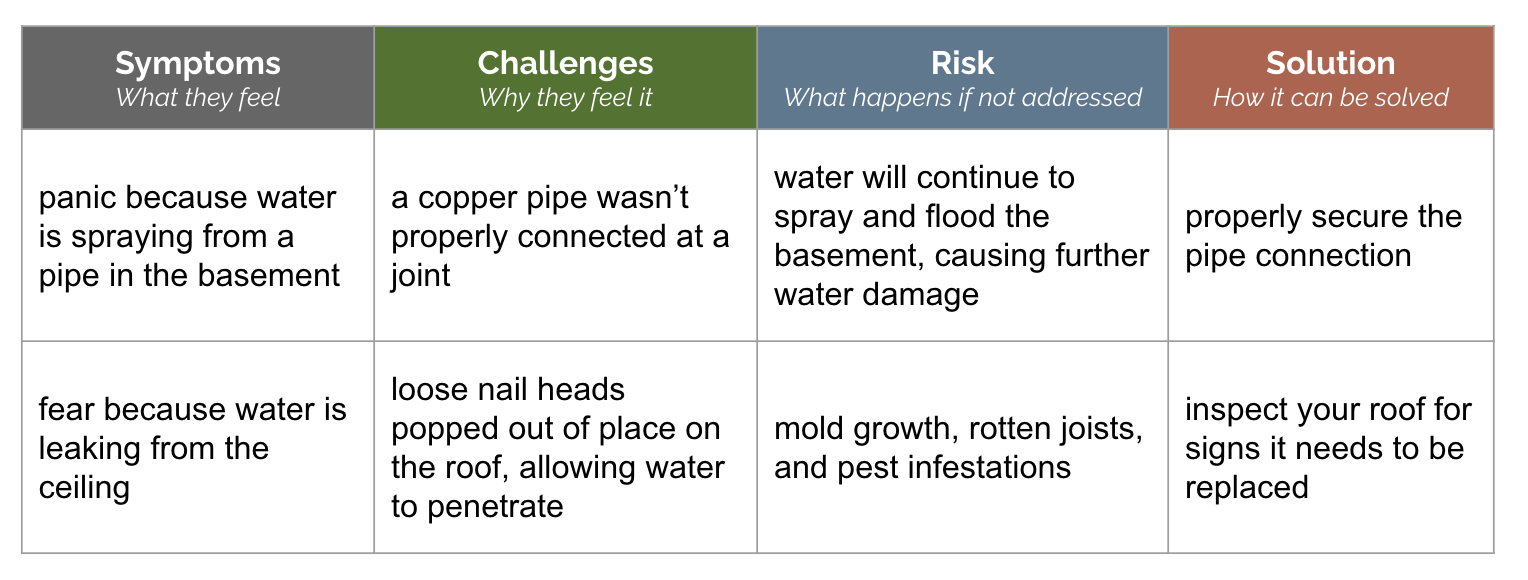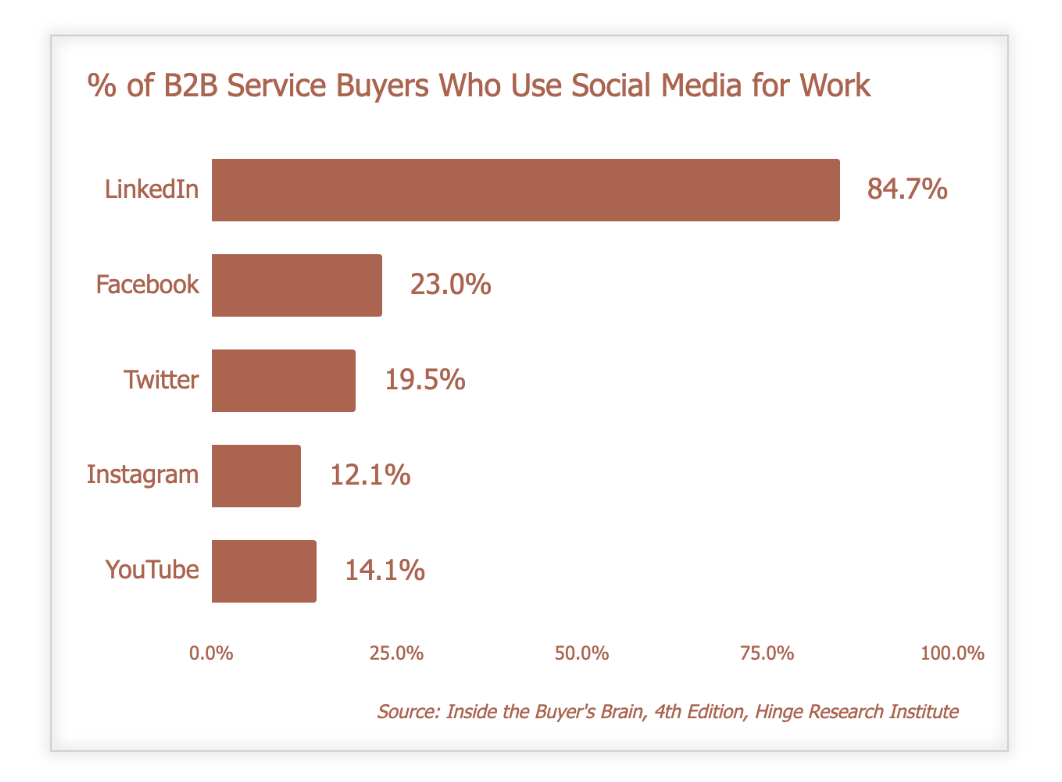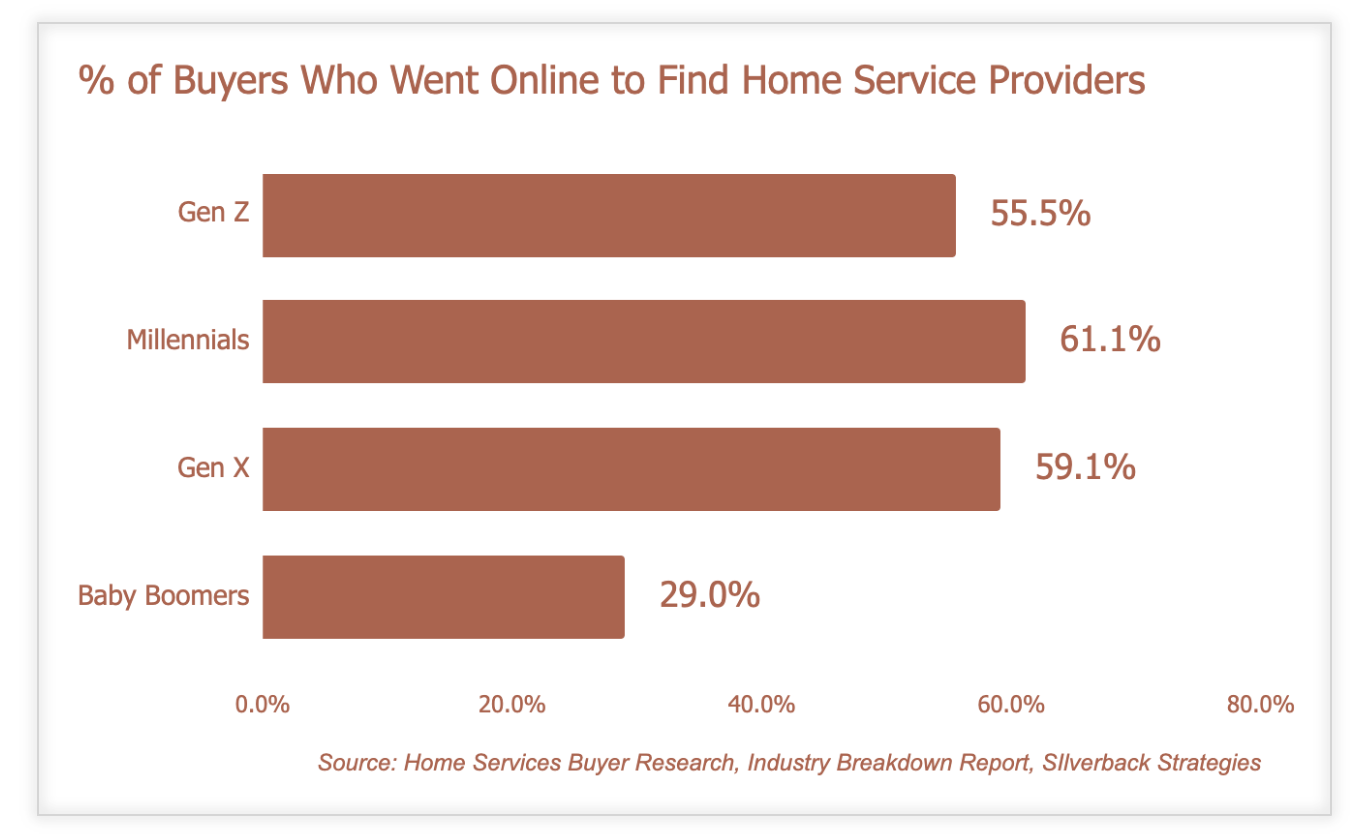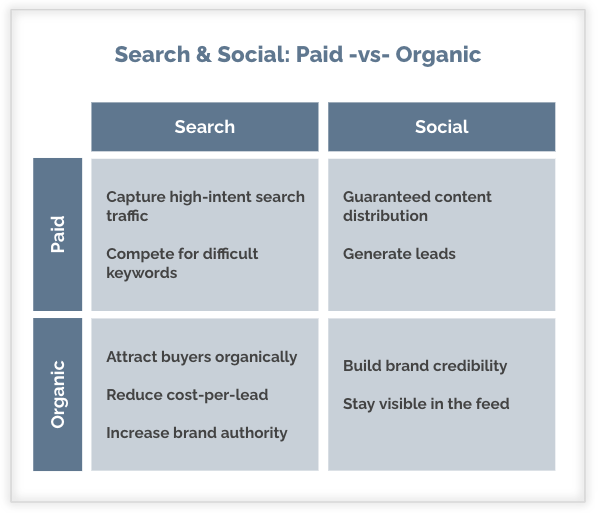Content Strategy for Service Companies: What It Is and Why It’s Important
If your buyers have to make an informed decision before they purchase your services, you may need a content strategy for your digital marketing. Think of it like your expertise at scale. A good content strategy teaches buyers about the problems you solve, and guides them through making a purchase decision.
What is a content strategy?
A content strategy documents the topics your brand talks about, the channels on which to distribute, and a repeatable process for creating content. The format of your content can vary, depending on your buyers and your marketing skills. Common content formats include blog posts, social media posts, video, podcasts, webinars, and downloadable PDFs.
Service companies are in business because they offer a unique solution that people or businesses are willing to pay for. But buyers usually have to do research—alternative solutions, pricing, the risk/reward of doing nothing—before they can make a purchase.
This is where your content strategy comes in.
Your content strategy should speak to your ideal customer. This way, you can attract the types of buyers you want and repel buyers that aren’t a good fit for your services.
5 elements of a content strategy for service companies
Market research and analysis
Identifying topics for content creation
Selecting distribution channels for your content
Setting up a repeatable process for content production
Refreshing and recycling old content
Let’s take a closer look at each.
Market research and analysis
As a service provider, you probably have a good idea of how your service solves a range of problems. But in some cases, buyers solve their problems in ways business owners might not expect. Market research can surface these insights.
There are two kinds of market research:
Primary Research. This is when you go out and collect data directly from buyers and prospects through surveys or interviews. This can be done yourself or through a third party.
Secondary Research. This is when you collect data from existing sources, like keyword data or user reviews on platforms like Google, Facebook, G2, Angi, or Clutch.
Here are some examples of market research activities that can help fuel your content strategy:
The primary research examples, like customer interviews or online surveys, can be a good way to source content ideas straight from your buyers or engaged social media followers. Secondary research can help verify content topics sourced from primary research, and prioritize content for production.
Whether you offer a service to another business or directly to consumers, understanding how your buyers behave is essential to your overall marketing strategy.
Identifying topics for content creation
Buyers don’t always know the solution to their problems. But they do feel the symptoms. A good content strategy helps buyers connect the dots between those symptoms and a solution:
Symptoms — What they feel
Challenges — Why they feel it
Risk — What happens if not addressed
Solution — How it can be solved
Below are two different examples of challenges homeowners face where they may need to search for a home service provider.
This framework can help guide the topics you create, and which services to highlight as a solution when describing the problem to a potential customer.
Selecting distribution channels for digital content
Search and social media are the two most common channels to distribute content for service-based businesses in both B2B and B2C.
A 2022 study by the Hinge Research Institute showed general web searches were the second-most-likely channel B2B buyers used to find a professional service. Only peer referrals and recommendations were used more to find service providers.
The same study showed nearly 85% of buyers actively used LinkedIn for professional purposes (see the image below). Search and social are critical channels for B2B service providers
The same is true in B2C. A 2021 study by Silverback Strategies noted an important behavioral shift between generations of homeowners and how they search for service providers. In the study, more than 60% of homeowners under 55 went online to find a home service provider. These respondents were twice as likely to go online when compared to Baby Boomers (29%). Service companies will need to be more visible online if they want to get in front of younger generations of buyers.
As noted above, search and social media are two major channels to distribute your content. Each has two paths: paid -vs- organic. See the table below for the benefits of paid and organic marketing efforts on each kind of channel.
Setting up a repeatable process for content production
The process you set up for content production is highly dependent on your industry, service offering, and where buyers spend time online. It also depends on the resources you’re able to devote to content creation. Consider what kind of content marketing framework your strategy calls for before establishing a process.
For service companies, content creation is usually a collaboration between a subject-matter expert and a content marketer. The skill level of the content marketer is critical. If something is lost in translation, it could lead to sub-par content that isn’t helpful to ideal customers.
Here is an example of a content production process for blog posts:
Identify topics for blog post content
Curate existing information on the web
Interview a subject-matter expert about the topic
Write a first draft of the blog post
Subject-matter expert reviews for accuracy
Make final edits to blog post
Publish blog post as a new webpage
In the example above, producing one blog post is fairly involved. It requires an interview with a subject-matter expert as well as the expert’s review for accuracy. This typically leads to a longer production timeline, but is a good way to ensure quality content.
Once you understand how long it takes to produce one piece of content, you can project out how frequently you’re able to publish. Maintaining a consistent publication schedule is a key part of staying visible in social media feeds and search results.
Refreshing and recycling old content
Over time, your published content will become outdated or stale. A key part of your content strategy should include refreshing and recycling content.
Content refreshing
Content refreshing is when you update an older piece of content. For example, a blog post you wrote last year may be outdated. You could refresh that page on your site with updated statistics and information. This signals to buyers the content is up-to-date and credible.
Content refreshing is a good practice, especially for SEO. Your blog post is likely already indexed by Google and other search engines. That means compared to creating an entirely new page, refreshing old content takes less time to see organic search traffic gains.
Content recycling
On social media, a single post is visible for hours, days, maybe a week before the algorithms stop showing it. Users are so inundated with posts and ads in their feed, they forget about posts they saw days, weeks and months ago.
Content recycling is when you re-distribute older content to keep your brand top of mind on social media. It should be a key part of your content strategy so you can be consistently visible on the channels your buyers use.
Getting started with content strategy
Developing a strategy and executing against it can be done in-house with people who have enough time and the right skills. Unless you have these skills already in-house, it can be costly to hire a dedicated marketer in-house.
You could also work with a well-known agency, but that can be expensive because agencies often have to increase prices to justify high overheads. On top of that, it can take months for agency teams to fully understand your business model or buyers.
Another option is to work with an independent marketing contractor who specializes in helping businesses like yours. Think of it like having a fractional Marketing Director. You don’t have to hire a new employee, nor do you have to go through the painful agency onboarding process.
Request a free content audit
Request a free content audit for an analysis of the content on your website, like landing pages or blog posts. This will provide insight into which content to create, update, re-write, or delete.

